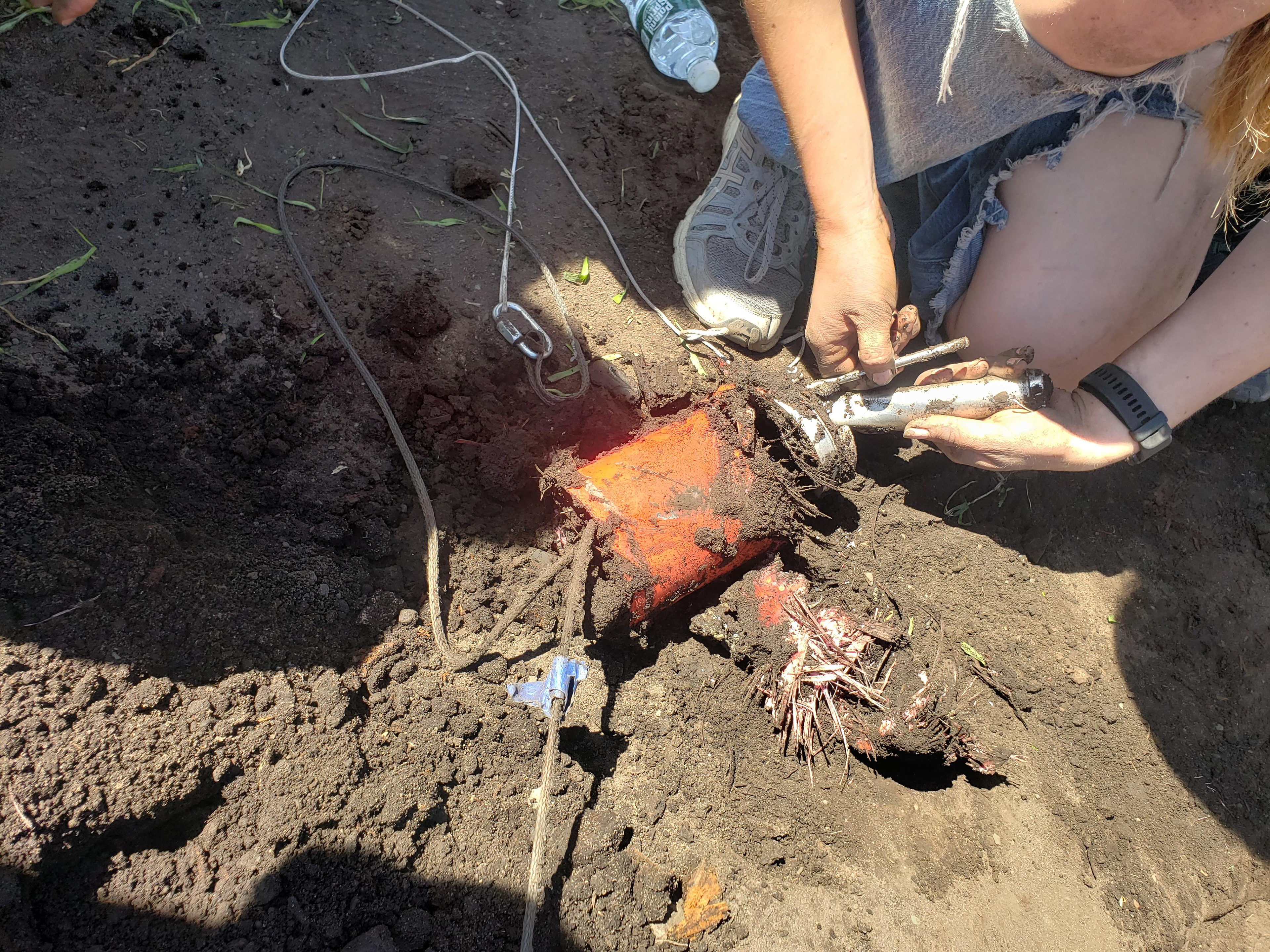Edgerton Team showcase featuring Cher (business lead on Solar Car) and myself on the left, with team reps. on our right
Me with a finless and electronicless Phoenix!
Compilation of images from the drive and integration

Making sure the launch lugs align

Sliding the rocket onto the rail

Checking if we will be able to stack the two stages
Raising the launch tower

Digging deep

Finding the remains of the recovery system

We finally got it out!
Reuben Tucker and Jack Ansley, two of our team members, working on their L1 rockets.
Here is one of the results generated for our report to the Friends of Amateur Rocketry Launch site to make sure we wouldn't land too far. the max case is pictured, while the ellipse depicts the nominal solution based on the simulation run.
We stopped at the Stafford Air and Space Museum in Oklahoma on the way! Holding the camera is Luke Woodcock (Propulsion RE), and from left to right are Justin Schiavo (Chief Engineer), myself, and Tamara Hinderman (Safety Officer)
A picture I took of our full team assembled at our hangar before launch!